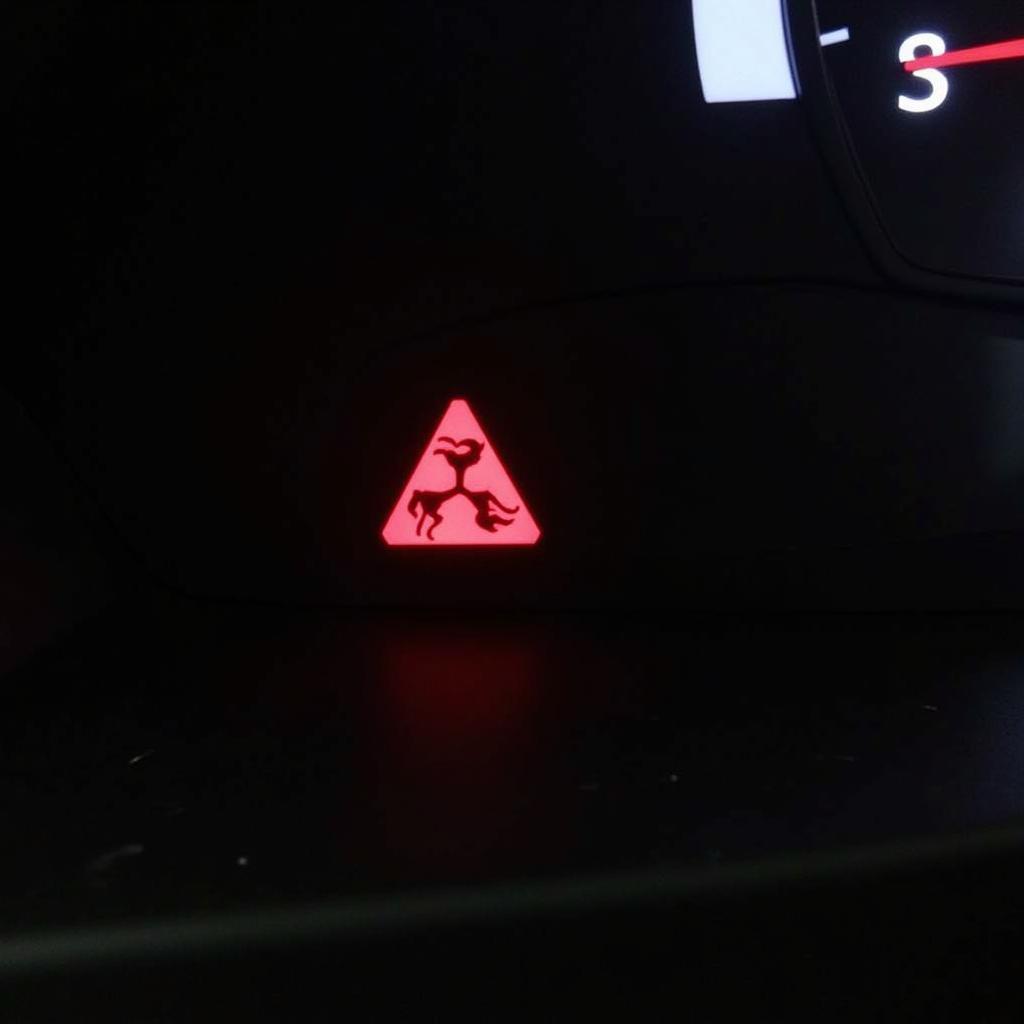A car battery showing 12 volts but refusing to start is a common yet frustrating issue. While 12 volts might seem sufficient, it doesn’t tell the whole story. This problem can stem from various reasons, from a faulty starter to corroded terminals. Let’s delve into why your battery has 12v but won’t start and how to diagnose and fix the problem.
Having a car that won’t start can leave you stranded. There’s a misconception that a 12-volt reading on your battery guarantees a start. This isn’t true. Your car battery may show 12v, yet lack the necessary cranking amps to turn over the engine. Understanding this difference is crucial for effective troubleshooting. You might even consider if your battery keeps dying frequently. See our article on reasons a car battery keeps dying for more details.
Why Your Car Battery Has 12V But Won’t Start
Several factors can contribute to this starting problem, even with a 12-volt reading. Corrosion on the battery terminals can impede the flow of electricity, effectively starving the starter. A failing starter motor itself can be the culprit, unable to draw enough power to crank the engine, even with available voltage. A faulty ignition switch can also prevent power from reaching the starter.
Checking the Battery Connections
Begin by inspecting the battery terminals for corrosion. Any buildup, even a light layer, can disrupt the electrical connection. Clean the terminals and cable clamps using a wire brush and a mixture of baking soda and water. Ensure a tight fit after reconnecting the cables. This simple step often solves the problem when a battery has 12v but won’t start.
Testing the Starter Motor
If clean terminals don’t resolve the issue, the starter motor might be faulty. A simple test involves tapping the starter motor with a hammer or wrench while someone else tries to start the car. If the car starts intermittently with this method, the starter is likely the problem and needs replacement. This situation is more likely if you find yourself constantly needing to know how to jumping a car with a dead battery.
How to Troubleshoot a 12V Battery That Won’t Start
A systematic approach is key when troubleshooting a 12V battery that won’t crank the engine. Start by cleaning the battery terminals and ensuring tight connections. Then, check the starter motor. Finally, test other electrical components like the ignition switch and relays.
Step-by-Step Troubleshooting Guide
- Inspect Battery Terminals: Check for corrosion and clean thoroughly.
- Test the Starter: Try tapping the starter while someone attempts to start the car.
- Check the Ignition Switch: Ensure the ignition switch is functioning correctly.
- Test Relays: Inspect and replace any faulty relays associated with the starting system.
- Check the Battery Cables: Look for any damage or fraying in the battery cables.
- Load Test the Battery: Even with 12V, the battery may not be delivering sufficient cranking amps.
 Mechanic Testing Car Battery with Multimeter
Mechanic Testing Car Battery with Multimeter
“When a battery shows 12 volts but the car won’t start, people often overlook the simple things like corroded terminals. A quick clean can save you a lot of trouble,” says veteran automotive technician, Robert “Sparkplug” Johnson.
Beyond the Battery: Other Potential Culprits
While the battery is a common suspect, other issues can mimic a dead battery. A faulty alternator can prevent the battery from charging correctly, leading to insufficient power for starting. A parasitic drain can slowly deplete the battery even when the car is off.
“Don’t automatically assume it’s the battery. Sometimes, it’s a combination of factors, like a weak alternator coupled with a slightly older battery. A complete diagnosis is crucial,” adds Johnson. It’s important to determine is the battery or alternator bad to accurately address the problem. If you’ve experienced recurring battery issues, it’s worth exploring why my battery keeps dying. For specific vehicle concerns, resources like our article on jeep compass dead battery can offer tailored advice.
Conclusion
A battery having 12v but wont start can be caused by several factors. By methodically checking the connections, starter, and other related components, you can pinpoint the source of the problem and get your car running again. Remember to consider all possibilities and perform a thorough diagnosis before replacing any parts.
FAQ
- Can a car battery with 12v be bad? Yes, even with 12v, a battery can be faulty if it cannot deliver the required cranking amps.
- How do I test my starter motor? You can perform a simple tap test or have it professionally tested.
- What are the signs of a bad alternator? Dim headlights, flickering dashboard lights, and a whining noise are common indicators.
- What is a parasitic drain? A parasitic drain is an electrical component that continues to draw power even when the car is off.
- How do I clean battery terminals? Use a wire brush and a baking soda and water mixture.
- Can a bad ignition switch prevent the car from starting? Yes, a faulty ignition switch can interrupt the power flow to the starter.
- How often should I replace my car battery? Generally, car batteries last between three and five years.


